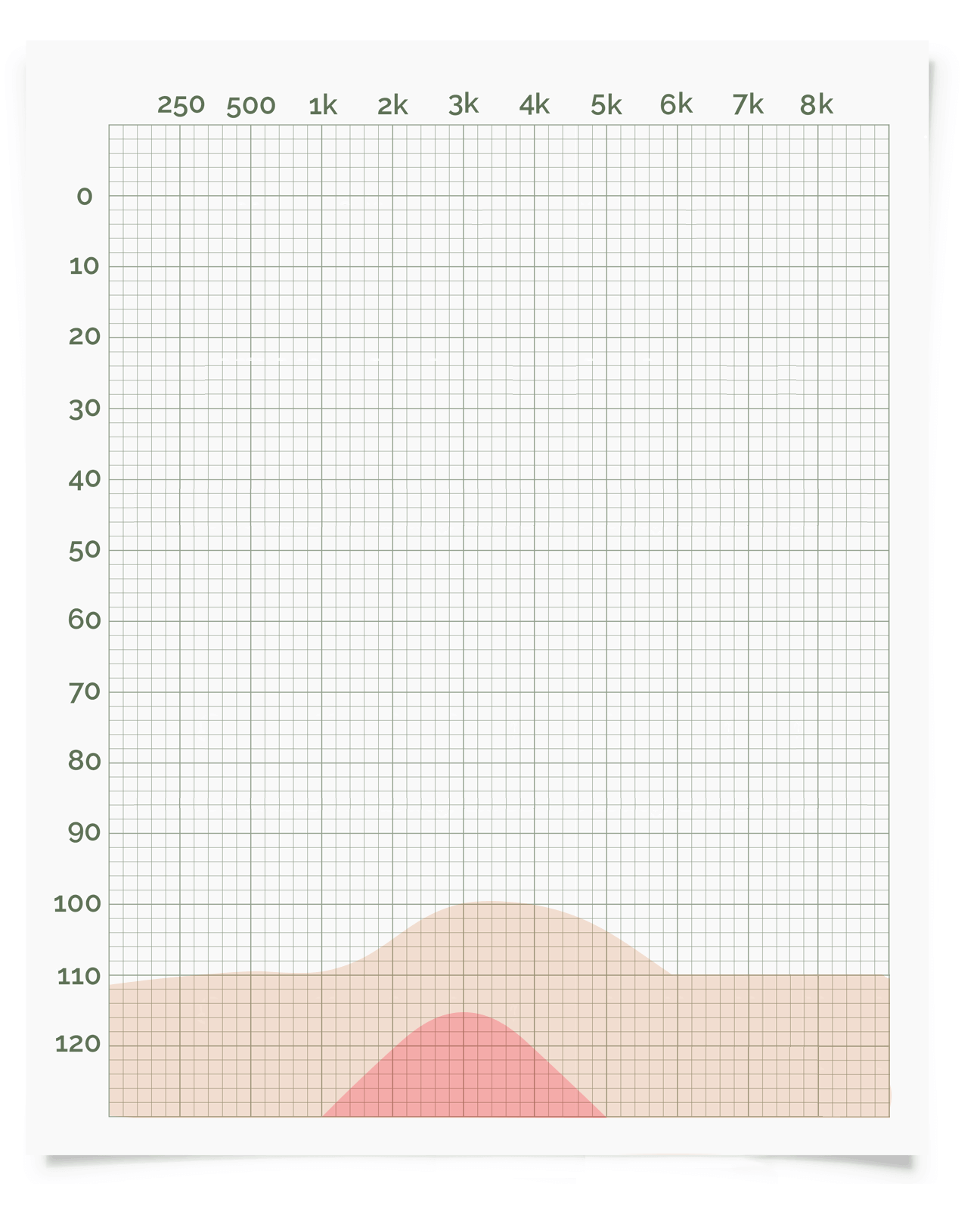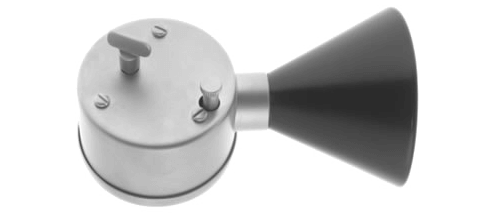Online Hyperacusis Test
Intro & Calibration
Noise hypersensitivity, also known as hyperacusis, is a relatively not uncommon condition whereby patients experience discomfort and even pain to sound levels that normally should not be bothersome. This hyperacusis hearing test tries to objectively characterize the sound sensitivity a patient experiences to the precise frequencies and loudness levels to aid in treatment. Although this test typically is utilized for noise sensitivity, it can also be used for patients who suffer from noise-induced vertigo (Tullio's phenomenon).
Before starting the test, please calibrate your headphone's volume setting by playing the following test tone. Using a sound meter, make sure it reads 65±3 dB by adjusting the volume up/down on the headphone or keyboard itself. For most devices, this typically will be around 75% of the maximum volume setting. Don't worry. For the actual test, volumes are initially all set to zero until YOU change it slowly.
Watch video of how to perform a headphone calibration using a sound meter.
Make sure calibration and testing are all performed in a very quiet room using headhones (preferably a noise-cancelling headphone). In a typical home, this normally would be inside a closet full of clothes.
You can also watch a video of how to perform a hyperacusis hearing test here.
** WARNING! This test does not currently work with Safari browsers. Please use the Chrome browser instead and make sure javascript is enabled!
RED "O" for the right ear,
BLUE "X"
for left.
Hyperacusis may be present if any results
within WHITE area of graph.

Instructions
Step 1 :
he right ear will be tested beginning with the first slider (which is the lowest frequency 250Hz). Slowly raise the slider ball to the very top. STOP the moment you experience any discomfort and toggle the on/off switch at the base of the slider bar to turn the sound off or press the RED stop button. Moving the next slider will also automatically turn off the current slider's sound.
You can also watch a video of how to perform the hyperacusis hearing test here.
Step 2:
Continue this process for all slider frequencies. Then repeat this test on the opposite side ear by toggling the RIGHT or LEFT buttons.
Step 3:
Click results to see your hyperacusis test plotted on a standard audiogram chart. Any results within the white zone denote frequencies where you may suffer from hyperacusis. Normal levels where discomfort is experienced by patients who do not suffer from hyperacusis is in the orange zone (normal lowest discomfort level, aka LDL). The red zone is where most normal individuals start experiencing pain.
You can PRINT your results by selecting the purple button.
Now that you have identified the specific frequencies triggering hyperacusis, one can start desensitization by using the EQ settings of a music player (or purchasing an app to provide one). For example, if hyperacusis is present at 4K Hz, decrease the EQ settings at 4K to a tolerable level. Listen to music at this adjusted EQ setting daily for a few days to weeks. Slowly over time, increase the 4K EQ setting to a normal level. Complete frequency specific audio notching can also be made by hereno or using a 3rd party audio company like AudioNotch.
If you also suffer from tinnitus, you can use our tinnitus matching tool to replicate the tinnitus you hear. We also have a matching tool for those who hear a more pulsatile or clicking tinnitus.
More Information:
Hyperacusis or noise hypersensitivity typically occurs in the high frequency range, but can occur across all frequencies of normal hearing. On average, the lowest discomfort level (LDL) is around 85dB HL. Although many people with hyperacusis also suffer from tinnitus, hyperacusis is not necessarily more common in those with tinnitus. There is some thought that the underlying basis for tinnitus and hyperacusis may underly both conditions, but also some significant differences. Tinnitus is thought to arise entirely from increased central neural noise activity independent of gain, whereas hyperacusis results exclusively from increased nonlinear gain that results in loudness intolerance. That said, treatment at this time for hyperacusis is very similar to tinnitus: white noise, audio notching, sound therapy, CBT, TRT, etc.
For those suffering from noise-induced vertigo (Tullio's phenomenon), there are five main ear conditions that need to be considered: superior semicircular canal dehiscence, perilymphatic fistula, Meniere's syndrome, post fenestration surgery, and vestibulofibrosis. Of these, superior semicircular canal dehiscence is the most common. Historically, a Barany noise box was used to evaluate for noise-induced vertigo. The Barany noise box is a simple wind-up device with a nozzle that is placed into the ear after activation. You can also listen to the audio of what it sounds like too!

This also would be an appropriate time to discuss the different decibel (dB) scales used in science and medicine. Scientifically, decibel is measured in sound pressure levels or dB SPL. 0 dB SPL is when there is absolute complete absence of sound, obviously. However, 0 dB on a hearing test is not the same as 0 dB SPL. Why? Because the human threshold to actually hear a sound is different depending on the frequency. So for example, at 1000 Hz, most normal human beings can not hear this frequency until it reaches 7.5 dB SPL. So, at least for 1000 Hz, 7.5 dB SPL is set to 0 dB HL (hearing level)on hearing tests. This "adjustment" has been done to all tested frequencies so we have a nice straight line at 0 dB HL rather than a curvy one.
For more information on dB SPL and dB HL along with conversion tables, graphs, and reference tones, click here!